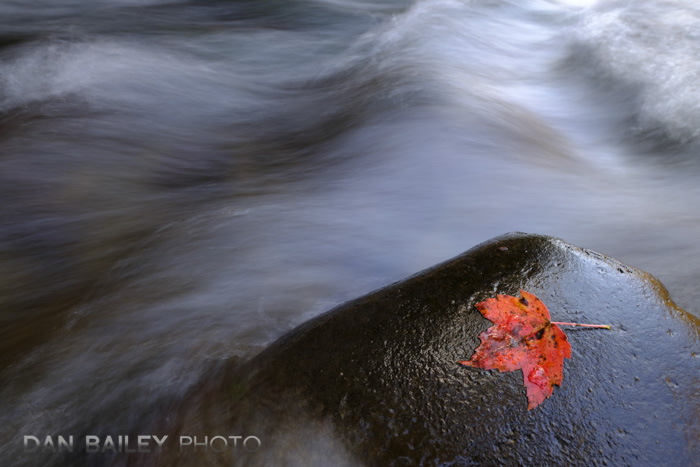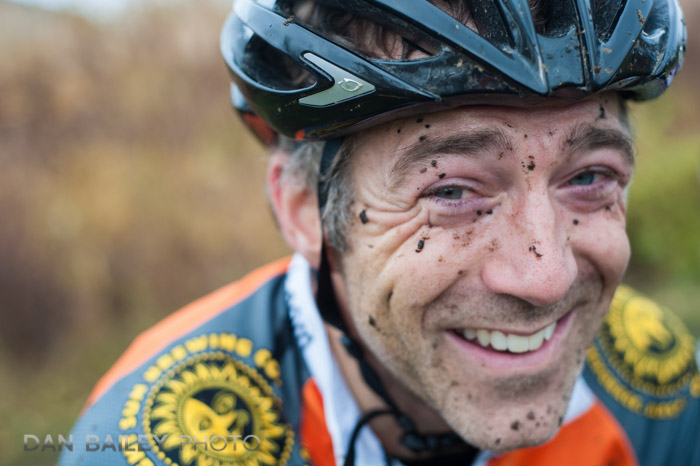Lesson 7 – Use Dynamic Subject Placement
Lesson 7
It's been a great week, but we're down to the last tip. I hope you've enjoyed the course so far.
One of the most basic compositional rules, the Rule of Thirds, says that you should avoid placing your subject in the center of the frame. You probably already know this, so in this lesson, I’m not just going to repeat it.
Instead, I’m going to explain WHY this concept works so well to create powerful imagery.

The human brain is hard wired for pattern recognition. Our sense of vision is geared to quickly identify things that impact our safety and survival.
If we spot anything that looks out of the ordinary, we take a second look. However, if we quickly establish the expected order of our immediate environment, our brains tend to relax until we move to a new setting.

The same is true with photography. When you place your main subject right in the center of the frame, your viewer’s eyes will treat it like a visual bullseye. Their brain will quickly see the apparent order and move on.
That element of “perfect order” will outweigh any other compositional ideas you’ve used in your image, and it will fail to connect with your viewer.
By placing your subject in a random area of the frame, away from the center, you create visual tension for your viewer.
They’ll devote mental energy looking for order that simply isn’t there, and this subconscious and extended engagement with your translates into increased impact and connection with your image.

Creative Challenge #4
Want More?
Here's a blog post that explains this concept in a little more detail, with a some new examples.
On the next page, we'll wrap things up and see how you can take these concepts further in your photography.
